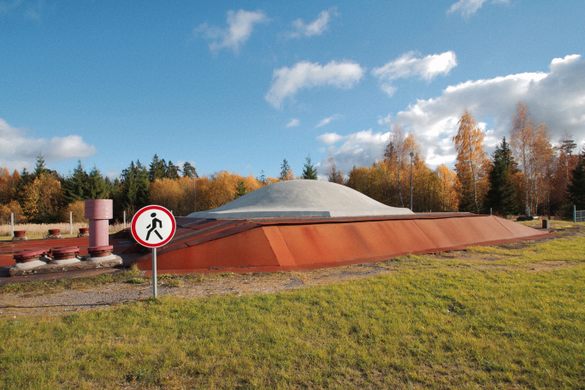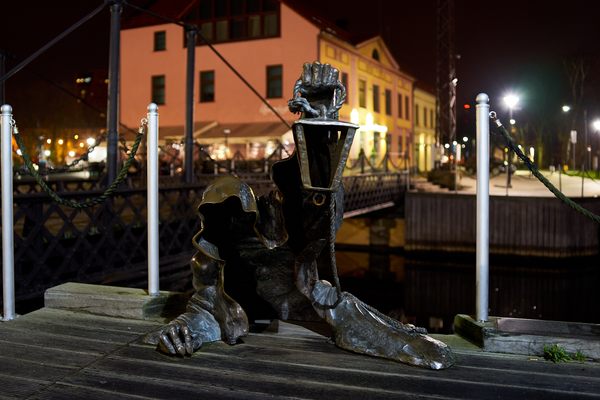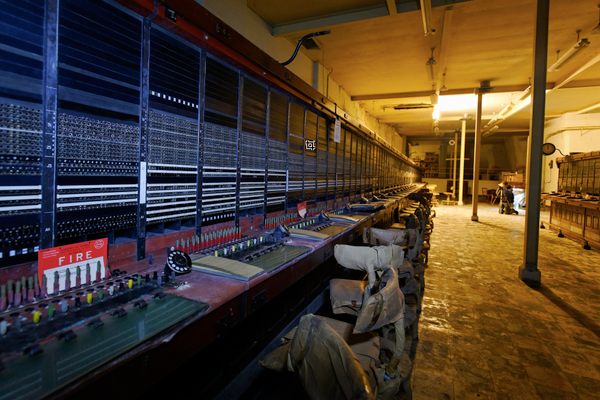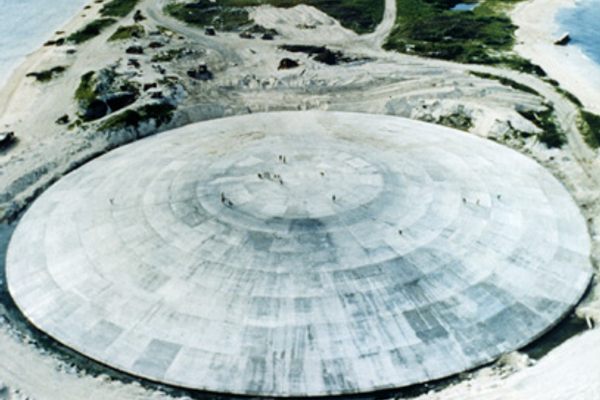During the Cold War, the Soviet Union could have hit the United Kingdom with nuclear warheads with only four minutes warning. There was little time for reaction or defense, placing the entire British island on the edge of destruction at any moment.
In the midst of the placid lakes and thick forests of Žemaitija National Park, is Dvina Rocket Base. If an attack on Western Europe had taken place, missiles would have launched from this Russian compound underground in Western Lithuania, known during the days of the USSR as the Lithuanian Soviet Socialist Republic (SSR), one of 15 republics that made up the Soviet Union. It’s an absolutely must see object in Lithuania.
In 1959, the Soviet Union began construction of the R-12 (Dvina) Theatre Ballistic Missile. Constructed as a medium-range warhead capable of delivering a massive nuclear bomb, the missile marked a sea change in the threat level of nuclear attack during the Cold War and was the first Soviet strategic missile using storable propellants and a completely autonomous inertial guidance system. The R-12 is best known as the missiles deployed during the Cuban Missile Crisis in 1962 and the actual missiles sent to Cuba were moved from a base just a few miles from Dvina.
Besides being a threat to the United States, the R-12 was the largest nuclear threat to Western Europe during the Cold War, and that threat came directly from Dvina Rocket Base. With a series of complicated tunnels and four missile silos, the base was built in secret during the early 1960s. The Soviet government went to great length to conceal the construction from the United States and Europe, only allowing transportation of materials at night. To keep the project in a small circle and avoid too much attention, soldiers took turns digging the complex in five-man teams.
Construction on the 100-foot deep tunnels finally finished in 1962, and the massive compound stood in secret for almost 20 years. In 1978, United States reconnaissance teams finally discovered the compound, only to find that the missiles had been removed in 1974. Finding the compound abandoned, locals turned the once apocalyptic site into a museum and tours of the tunnels are now available.



























Follow us on Twitter to get the latest on the world's hidden wonders.
Like us on Facebook to get the latest on the world's hidden wonders.
Follow us on Twitter Like us on Facebook